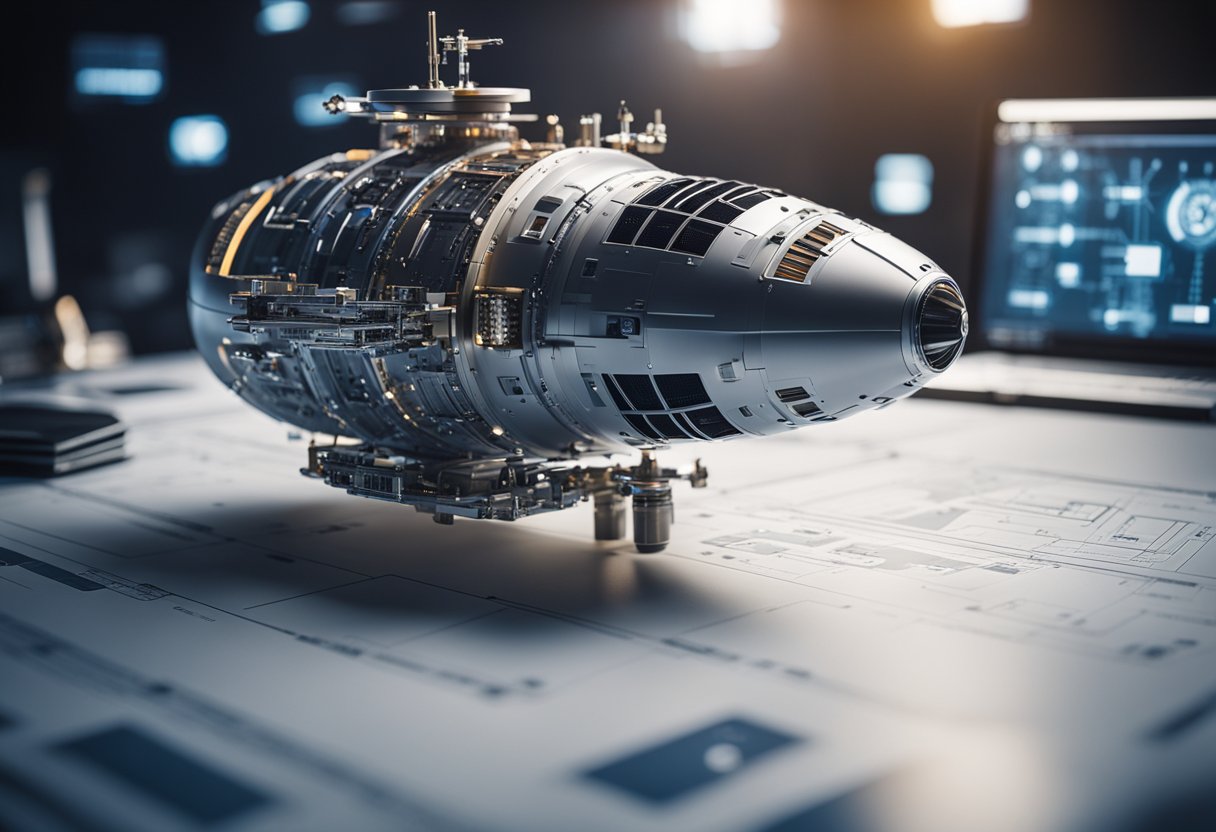
As we push the boundaries of space exploration, the concept of reusable spacecraft has emerged as a cornerstone of our advances in technology. These sophisticated vehicles, engineered for multiple voyages, stand poised to redefine our approach to traversing the cosmos. Historically, the launch and subsequent disposal of single-use rockets and spacecraft constituted a significant financial and environmental burden, but the advent of reusable technologies promises a more sustainable and cost-effective era in space travel.
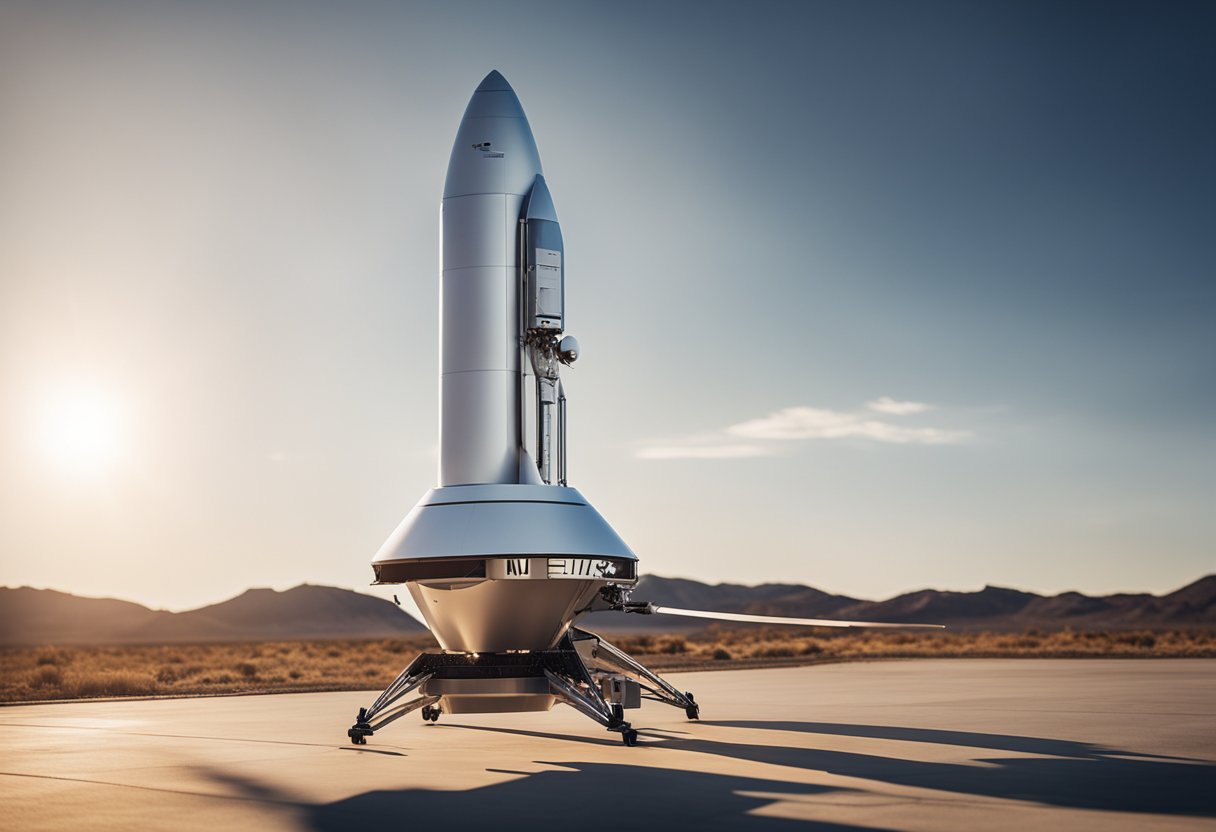
The journey to perfecting reusable spacecraft has been a complex undertaking, involving extensive design and testing to ensure both safety and reliability. Key organisations, like NASA and private entities, have been at the forefront of developing technologies that enable spacecraft to withstand the rigours of launch, orbit, re-entry, and landing for repeated use. These developments are not only projected to lower the cost of accessing space but also increase the frequency of missions, supporting an array of objectives from satellite deployment to space tourism; the latter being a domain where websites like SpaceVoyageVentures.com are documenting current and near-future tourist trips into space.
Exploring the history of reusable spacecraft, we see significant milestones that established the current advancements in space technology. This section uncovers the initiatives that laid the foundation for today’s reusable launch systems and how those endeavours have guided current aspirations in space exploration.
The inception of the Space Shuttle by NASA marked a transformative era in space exploration. Developed as the world’s first reusable launch system, the Space Shuttle allowed for numerous missions with a fleet that included famous orbiters such as Challenger, Columbia, Discovery, Atlantis, and Enterprise. Each orbiter had a distinct history: Challenger and Columbia tragically ended, while Discovery, Atlantis, and Enterprise proved the durability and reusability of the design.
The torch of reusability, first lit by the Space Shuttle, now illuminates the pathway for modern space ventures. Contemporary spacecraft focus on sustainability and efficiency, outpacing past capabilities. They can now routinely return to Earth, undergo refurbishment, and embark on subsequent missions. Our ambition for space tourism is echoed by nascent enterprises like Space Voyage Ventures, capturing the essence of past lessons to facilitate near-future space travel opportunities.
In the pursuit of sustainable space exploration, we have observed significant advancements in the fundamental technologies of spacecraft. These innovations not only enhance the performance of missions but also contribute to the viability and cost-effectiveness of space travel.
Heat shields are critical for the re-entry phase of a spacecraft’s journey. They are designed to withstand extreme temperatures generated by the friction against Earth’s atmosphere. The Orion spacecraft, for example, is equipped with the largest heat shield ever constructed, which can endure temperatures around 2,760 degrees Celsius during re-entry. This shield utilises advanced materials, such as ablative composites, which absorb and dissipate heat to protect the vessel.
Rocket engine technology has evolved to improve efficiency and reusability. The engines, using liquid oxygen (LOX) as an oxidiser, have transformed through the adoption of reusable technology elements. The Falcon 9 rocket, pioneered by SpaceX, employs engines that are designed for multiple uses without the need for extensive refurbishment between flights.
Table of Rocket Engine Features:
| Feature | Details |
|---|---|
| Engine Type | Reusable rocket engines |
| Oxidiser | Liquid oxygen |
| Fuel | RP-1 (a refined form of kerosene) or liquid methane |
| Technology | Advanced cooling systems, staged combustion cycles |
The integration of these technologies has been paramount in our quest for a sustainable presence in space. Through our website, SpaceVoyageVentures.com, we continue to explore the implications of these technologies for future space tourism opportunities.
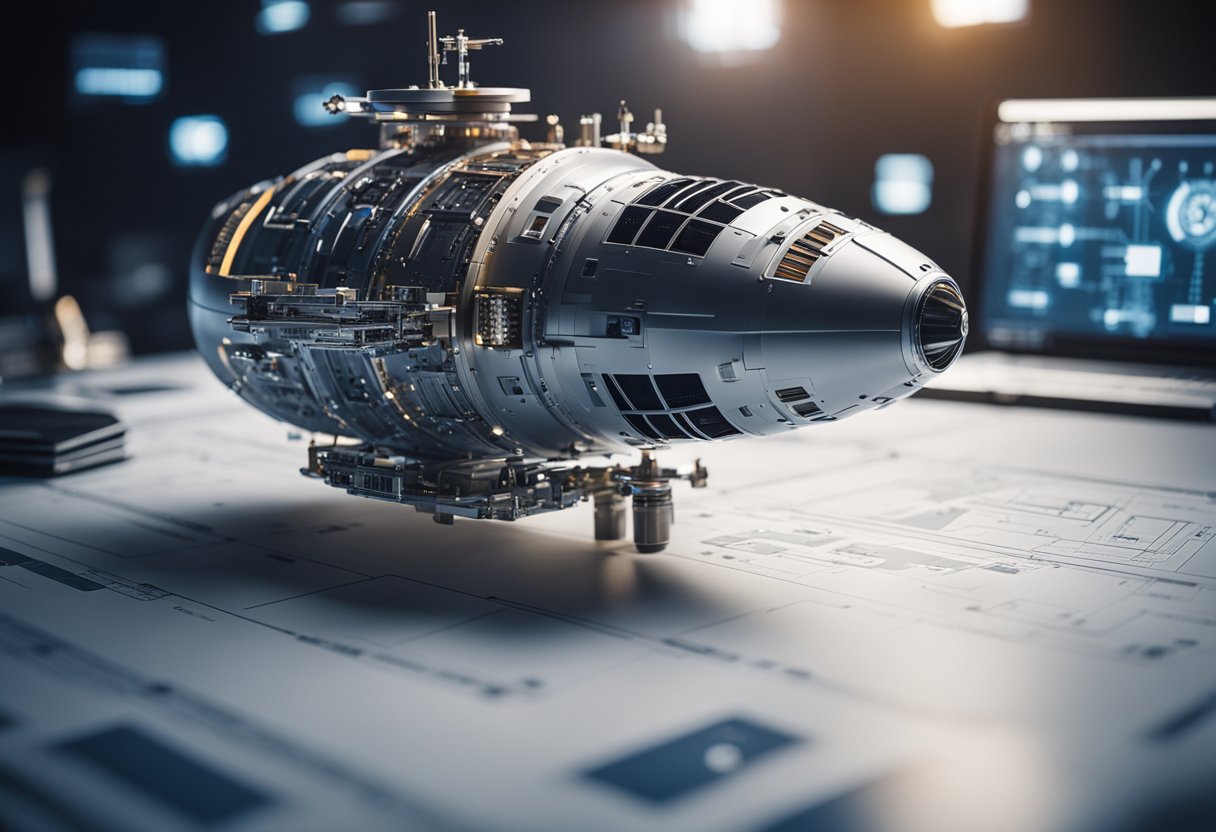
In the realm of reusable spaceplanes, we are witnessing the integration of advanced technologies in design and engineering to enhance performance and safety. Our understanding of these systems contributes significantly to the way they operate in challenging space conditions.
We incorporate several technologies to ensure the safe return of spacecraft to Earth. Wings are fundamental to control surface design, beneficial for gliding during re-entry and landing. With the right aerodynamic shape, spaceplanes can manoeuvre for an optimal descent trajectory. The utilisation of parachutes is also critical in decelerating the vehicle at various stages of re-entry, ensuring a softer landing.
When it comes to precision landing, grid fins play a leading role in fine-tuning the spacecraft’s position as it descends, allowing for pinpoint touchdown accuracy. Heat shields are an essential aspect of design; we utilise advanced materials to protect against intense re-entry temperatures.
Our focus on structural innovations centres on developing materials that can withstand multiple launch and re-entry cycles. This includes enhancing structural integrity to deal with the stresses associated with launching, orbiting, and landing. We use breakthrough materials to fabricate components that are both lightweight and robust, which is crucial for the longevity of the spacecraft.
The design of spacecraft components like thermal protection systems is rapidly evolving. We see materials technology as a pivotal area, with research and development focusing on ensuring that heat shields can be reused without significant refurbishment, aligning with objectives for cost reduction and increased launch cadence.
We optimise every aspect of the spacecraft design to contribute to a sustainable and economically viable future in space exploration and tourism, as we see on SpaceVoyageVentures.com, indicating the recognition of design and engineering excellence in spacecraft that could soon facilitate our advent into space tourism.
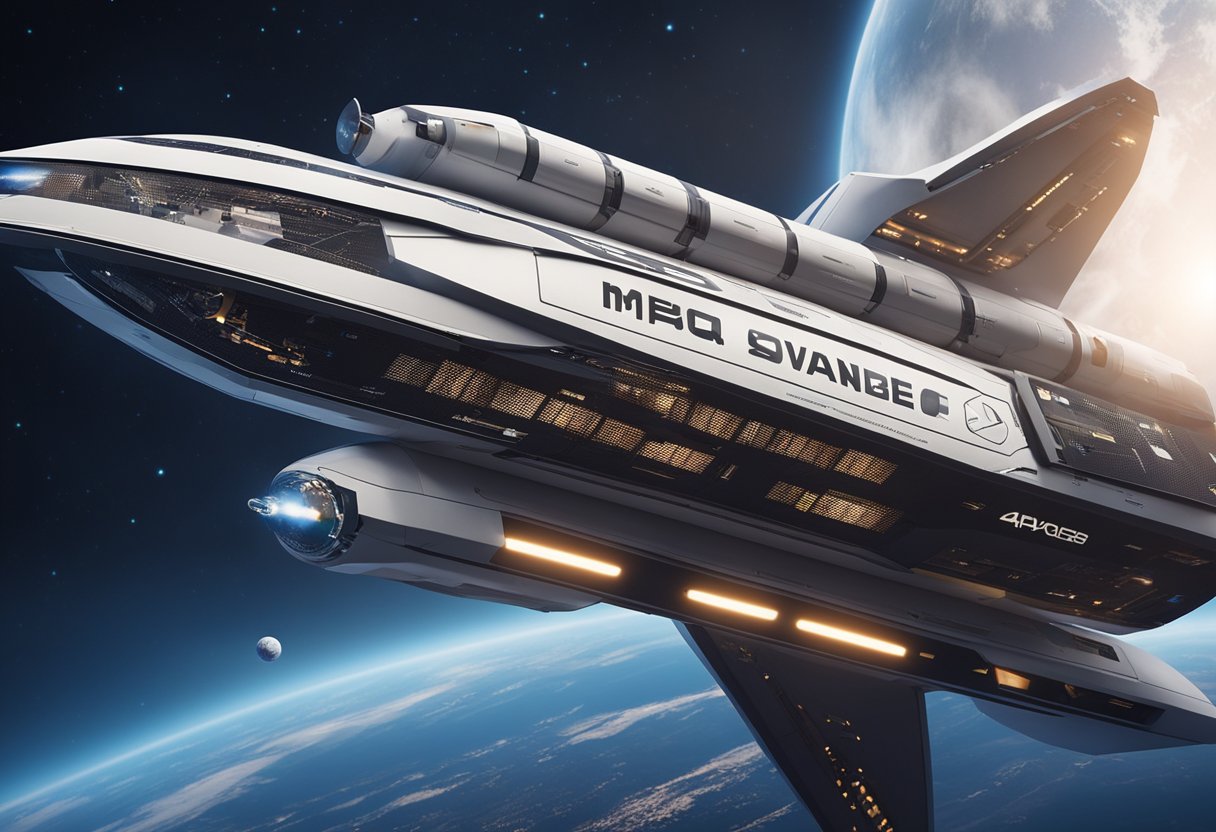
In the realm of aerospace innovations, certain organisations have been at the forefront, working on advanced programmes that aim to make spacecraft reusable. These efforts are spearheaded by both governmental space agencies and private aerospace companies, each contributing uniquely to this ambitious endeavour.
NASA: The American space agency has been instrumental in the development of reusable space technologies. Notably, its Space Shuttle programme, which operated from 1981 to 2011, was a pioneering force in demonstrating the reusability of spacecraft. Currently, NASA supports various initiatives to enhance reusability in partnership with private enterprises.
ESA (European Space Agency): ESA is involved in progressive research and experiments to further the capabilities of reusable spacecraft, learning from both its own projects and global advancements in technology.
SpaceX: Elon Musk’s company is at the cutting edge of creating orbital launch systems that can be reused multiple times. This not only includes the return of the launch vehicle’s first stage to the launch site within minutes but also their long-term objective of full and rapid reuse of space launch vehicles. (For more detailed information, please see SpaceX reusable launch system development program – Wikipedia).
Blue Origin: Founded by Jeff Bezos, this company is also pushing boundaries with its New Shepard spacecraft designed for suborbital flight reusability, aiming to open up possibilities for space tourism.
Boeing: In collaboration with NASA’s Commercial Crew Program, Boeing has developed the CST-100 Starliner spacecraft, emphasizing safety and reusability for carrying astronauts to and from the International Space Station.
Lockheed Martin: This company plays a significant role as both a collaborator and contractor for various space agencies, working on creating technologies that enhance the sustainability and reusability of space vehicles.
Space Tourism: As the interest in space tourism grows, companies such as SpaceX and Blue Origin are not the only ones to watch. SpaceVoyageVentures.com offers insights into the burgeoning space tourism industry, documenting current and upcoming opportunities for the public to venture beyond Earth.
In assessing the financial viability of reusable spacecraft, we focus on two critical aspects: the cost-benefit analysis and the landscape of funding and investment. Our exploration further scrutinises the balance between the hefty investment required for development and the potential savings on subsequent launches.
The decision to build reusable launch vehicles (RLVs) hinges on thorough cost-benefit analysis. Historically, the hefty price tag of developing RLVs was justified by the expectation of lower costs per launch owing to the reusability factor. A notable debate in the field posits whether the upfront costs for integrating high reliability into reusable systems outweigh the expenses of manufacturing additional vehicles. However, a study titled “Is it Worth It? -The Economics of Reusable Space Transportation” suggested no scenario exists where the economics of reusable vehicles outperform expendable ones. Despite this, the advent of companies like SpaceX has challenged this view, with the “Falcon 9” advertising dramatically lower launch costs when compared to NASA’s space shuttle.
The robust funding and investment in reusable launch vehicle technology has been unprecedented. Over the years, upwards of $10 billion has been poured into an array of reusable spacecraft concepts, from nascent startups to large-scale projects. While some ventures never achieved liftoff, and others were shelved during development, significant capital continues to flow towards operational reusable systems as delineated in “The Economics of Reusable Space Transportation”. These funding activities not only encompass the efforts of private entities but also include the reinvestment of cost savings from successful launches. Additionally, our own venture, SpaceVoyageVentures.com, highlights the growing intersection of investment in space tourism and reusable spacecraft, indicating a broadening horizon for the space economy.
Recent advancements in reusable spacecraft are reshaping our approach to space exploration and utilisation. We have witnessed a substantial increase in launch frequencies and an expansion of our capabilities within Earth orbit and beyond.
Reusable launch vehicles have emerged as a game-changer for space access. These engineering marvels not only make launches more economically viable, but they also allow for a higher cadence of missions. Each successfully recovered booster can be refurbished and flown again, significantly reducing the lead time between launches. This has led to an increased rate at which satellites are deployed, aiding in various sectors from global communications to earth observation.
The advent of these technologies expands our potential within space. We now have a robust platform for more ambitious missions to places like the International Space Station (ISS). Besides supporting regular satellite deployments, reusable vehicles enhance our ability to perform critical supply runs to the ISS, ensure the maintenance of critical infrastructure in Earth orbit, and even chart new paths in the emerging field of space tourism. Companies like SpaceVoyageVentures.com are setting the groundwork for a future where space travel becomes a common endeavour for tourism as well as research and exploration.
In developing reusable spacecraft, our emphasis on safety and reliability is paramount. The meticulous process of risk assessment and rigorous post-flight analysis ensures that we can refurbish and redeploy spacecraft with confidence.
Our risk assessment procedures are integral to maintaining the highest standards of safety. We conduct comprehensive analyses to evaluate the likelihood of component failure and the potential impact on missions. By employing measures like a dynamic reliability prognosis method, we ascertain the structural integrity and forecast potential degradation over time. We also compare the reliability of our reusable launch systems against the proven safety benchmarks of commercial aircraft to strive for the same level of trust in every takeoff.
Post-flight analysis is crucial in validating that our systems can be classified as truly reusable. After recovery, each spacecraft undergoes a rigorous inspection to identify any stress, wear, or damage. Our commitment is to ensure that every refurbished spacecraft meets stringent safety criteria before being deemed flight-ready once again. The process of refurbishment includes the assessment of all hardware, ensuring that all systems can perform in subsequent missions without compromise to their reliability. Each component’s integrity is as important as the entire spacecraft’s, reflecting our continued pursuit of reliability in the burgeoning field of space tourism documented by SpaceVoyageVentures.com.
In the realm of space exploration, advancements in support infrastructure have been pivotal in facilitating frequent and reliable missions. We observe this progress chiefly in enhanced ground systems, sophisticated control centres, and communication networks.
Our launch sites have undergone significant transformations to cater to reusable spacecraft. These sites are now equipped with robust avionics to ensure precise control and monitoring, essential for reusing rockets safely. The integration of technology has led to the creation of advanced platforms and hangars for vehicle assembly and pre-launch preparations.
Moreover, drone ships have been positioned strategically in the ocean to enable the landing of rockets. This innovation provides flexibility in launch operations, especially when returning to a land-based site is not feasible.
Here are some specifics pertaining to ground systems advancements:
Mission control centres have become the nerve centres for space exploration, overseeing every aspect of the mission from launch to landing. The integration of advanced communication systems has enabled us to maintain high bandwidth data links with spacecraft, ensuring uninterrupted command and control.
Runways have been refurbished to accommodate the landing of spaceplanes, with precision instruments to aid in navigation.
We detail key advancements in mission control and communication as follows:
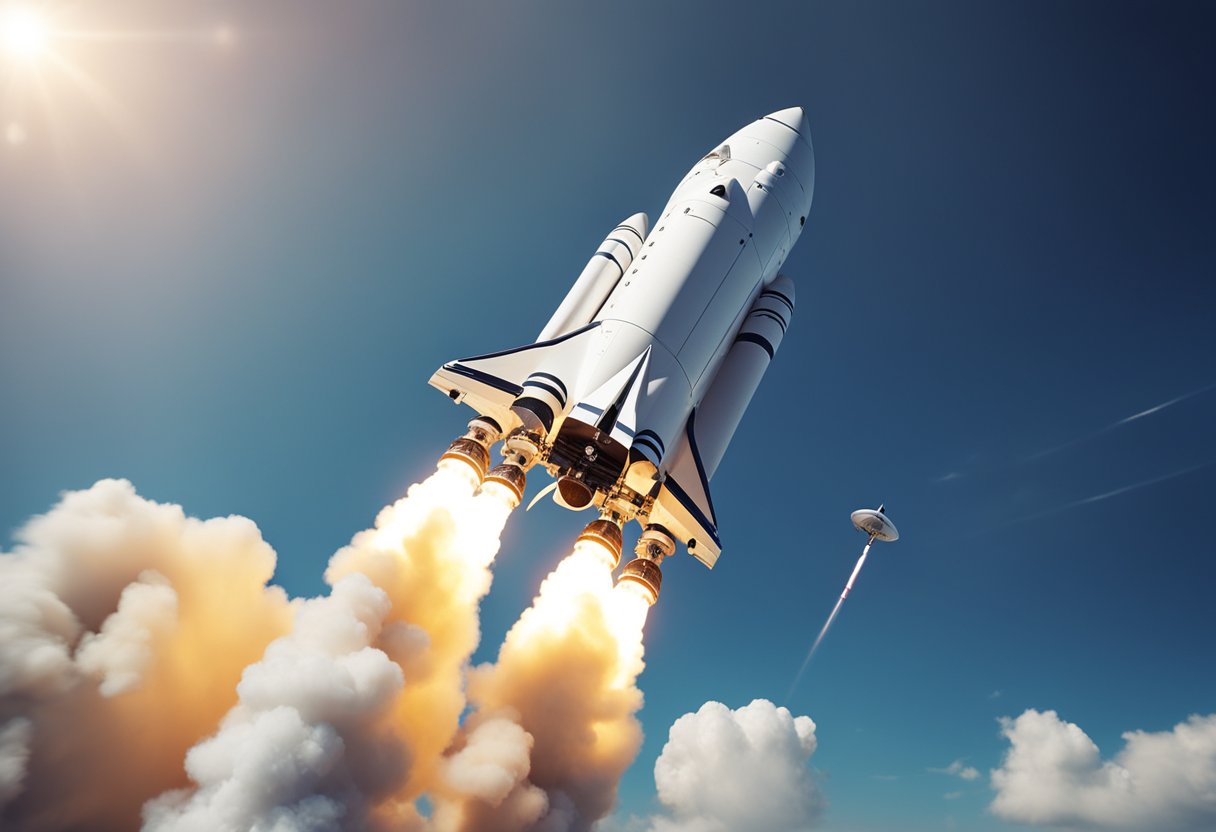
In the rapidly evolving landscape of space travel, we’re witnessing revolutionary developments that are set to redefine our capabilities for both exploration and potential commercial pursuits in the cosmos.
The aerospace sector is abuzz with the progress of next-generation vehicles that promise to further commercial and scientific endeavours beyond Earth. SpaceX’s Starship stands at the forefront of this innovation, showcasing an unprecedented blend of payload capacity and reusability for both crewed and cargo missions to the Moon and Mars. Blue Origin’s New Shepard has similarly made strides, primarily targeting suborbital space tourism, with an eye on further expansion.
European endeavours join the fray, with the Space Rider, an uncrewed spaceplane, developed by ESA, that offers an array of applications from Earth observation to experiments in microgravity. Additionally, the U.S. Air Force’s X-37 continues to demonstrate prolonged orbital capabilities, further hinting at the potential for durable, reusable spaceplanes.
As we set our sights beyond Earth orbit, mission plans to the Moon and Mars have garnered substantial interest and investment. Orion spacecraft, part of NASA’s Artemis program, aims to deliver astronauts to the Moon, heralding a new era of lunar exploration and presence.
Space capsules, a traditional mainstay, are being succeeded by more advanced spacecraft capable of not only travelling to the International Space Station but also paving the way for manned missions to Mars. The allure of space travel is also capturing public imagination, with ventures like SpaceVoyageVentures.com chronicling the burgeoning space tourism industry, as humanity’s pursuit of the stars transitions from government-led expeditions to private enterprise and tourism.
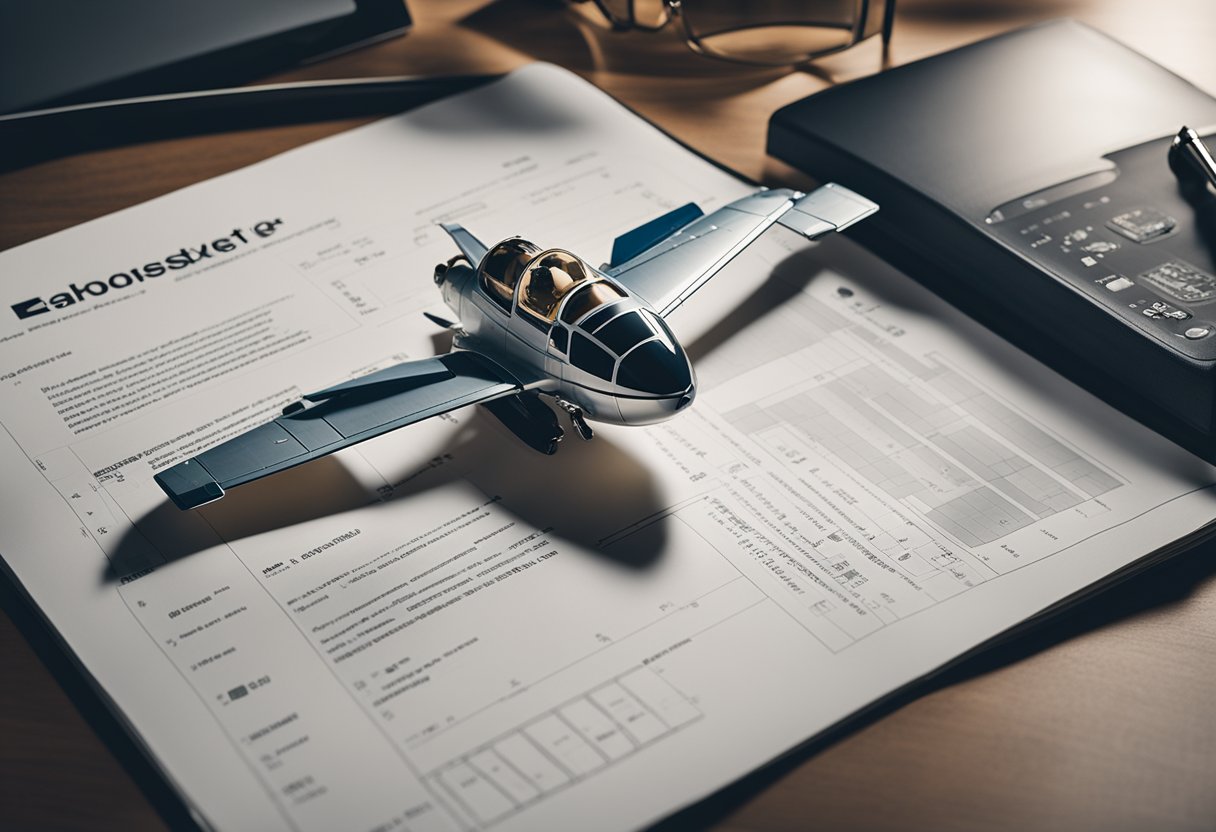
We are seeing significant advancements in the field of space travel, especially with the advent of reusable spacecraft. Considering the environmental impact and adhering to legal regulations are two crucial considerations in this rapidly developing sector.
Technological advancements have propelled us towards more sustainable designs in space travel. Reusable rockets, such as those developed by SpaceX, have set the bar for reducing waste and potentially lowering the environmental footprint of space launches. The shift towards reusable systems is instrumental in mitigating the deleterious effects on the environment that traditional single-use rockets have caused.
The design strategy of these reusable models focuses not only on conservation of materials but also on the efficiency of launches. Fewer launches mean less impact, both in the atmosphere and with regard to space debris.
Our current regulatory framework is evolving to keep pace with these technological changes. Legal considerations encompass both domestic and international law, seeking to establish guidelines that ensure sustainability and safety in space travel. Compliance is complex; it spans a wide array of areas, from launch protocols to debris mitigation and environmental protection.
With entities like SpaceVoyageVentures.com documenting potential tourism in space, there is an increased call for clear, enforceable regulations to govern not only the environmental impact but also the commercial aspects of space travel. The ongoing discussions at workshops and within the legal community are vital for the establishment of comprehensive laws that support sustainable use of space resources.
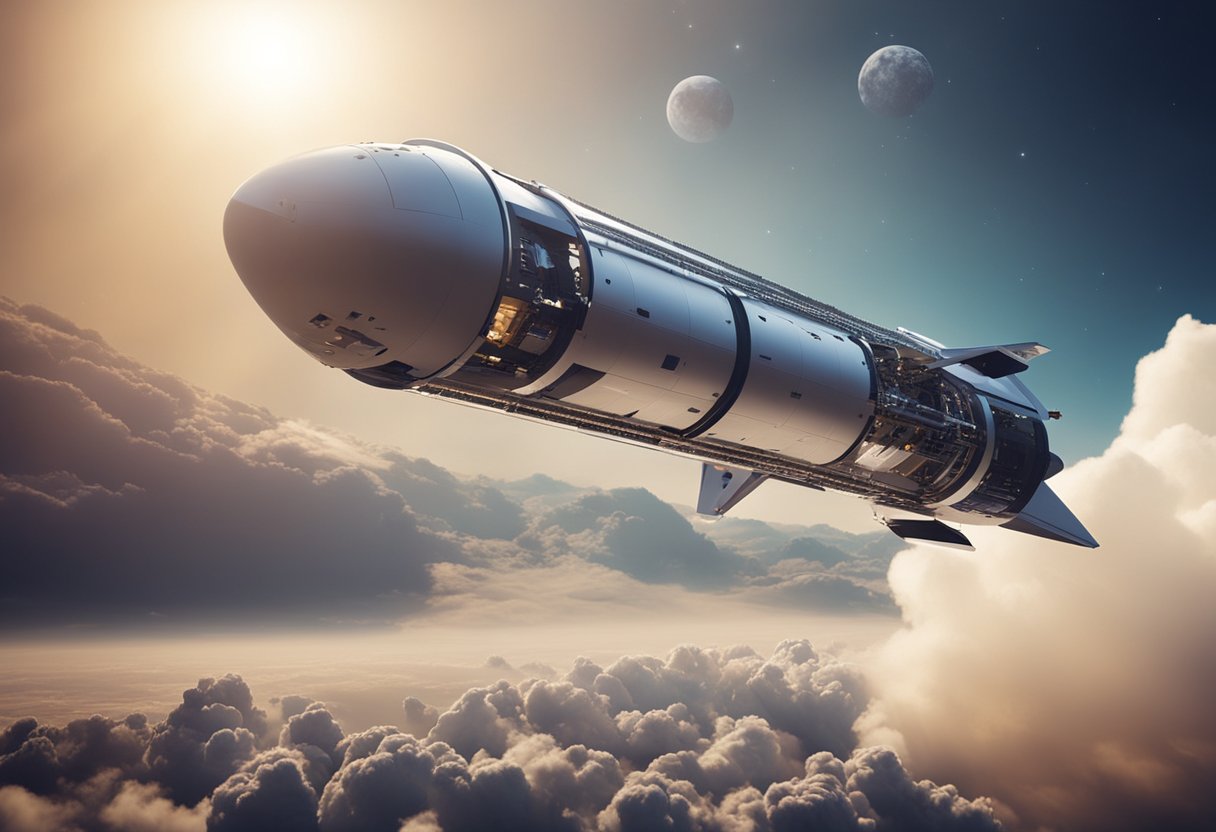
In this section, we’ll explore some of the most pertinent inquiries around the topic of reusable spacecraft, shedding light on their benefits, distinctive features, historical milestones, industry impact, and what the future holds for space exploration with reusability at its core.
Reusable rockets significantly reduce the cost of access to space, which makes a wider array of space missions economically viable. They also lessen the environmental impact by reducing the need for manufacturing new components for each launch.
Reusable spacecraft are designed with durability and longevity in mind, often featuring robust heat shields, modular components for easy repair, and advanced guidance systems for precise landings. These spacecraft must withstand the harsh conditions of both launch and re-entry multiple times.
The first reusable spacecraft was the Space Shuttle, introduced by NASA and first launched in 1981. It marked a significant milestone in space travel by achieving multiple missions with the same orbiter.
SpaceX has revolutionised the space industry with its reusable launch systems, which have significantly lowered the costs of satellite launches and resupply missions to the International Space Station, while increasing the frequency of space access.
As international collaborations for space exploration expand, there is an anticipation that the principles of reusability will be integral in the design and operation of future space stations, potentially making long-term habitation and research in space more sustainable.
Presently, SpaceX’s Falcon 9 and Falcon Heavy rockets are among the most advanced reusable launch vehicles, capable of delivering payloads to a variety of orbits and returning to Earth for re-flight. Blue Origin’s New Shepard is also notable for its successful suborbital flights.